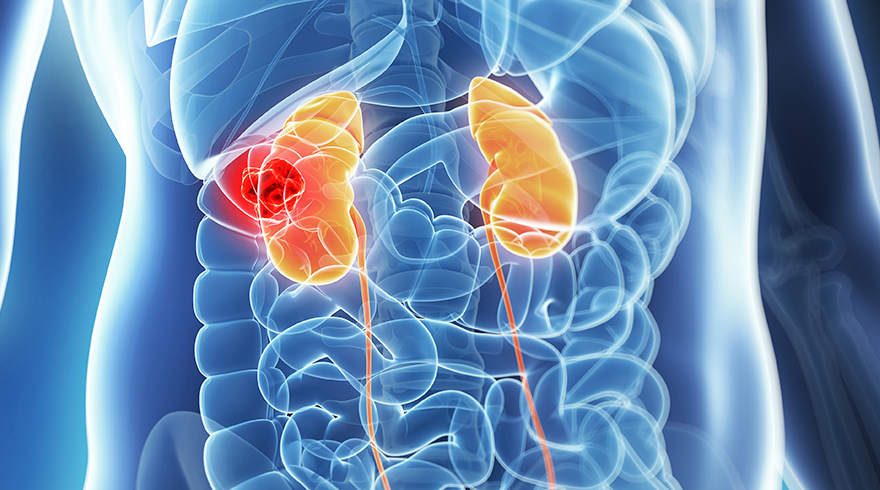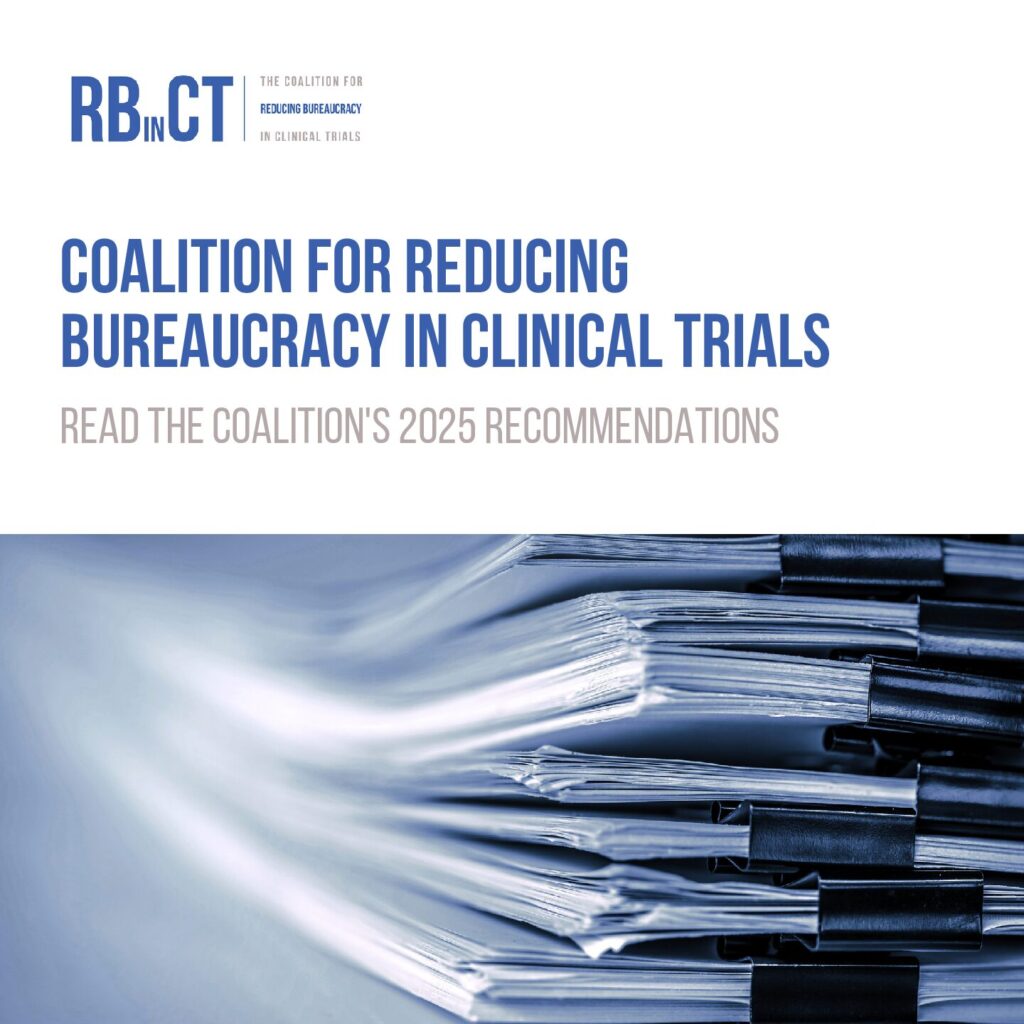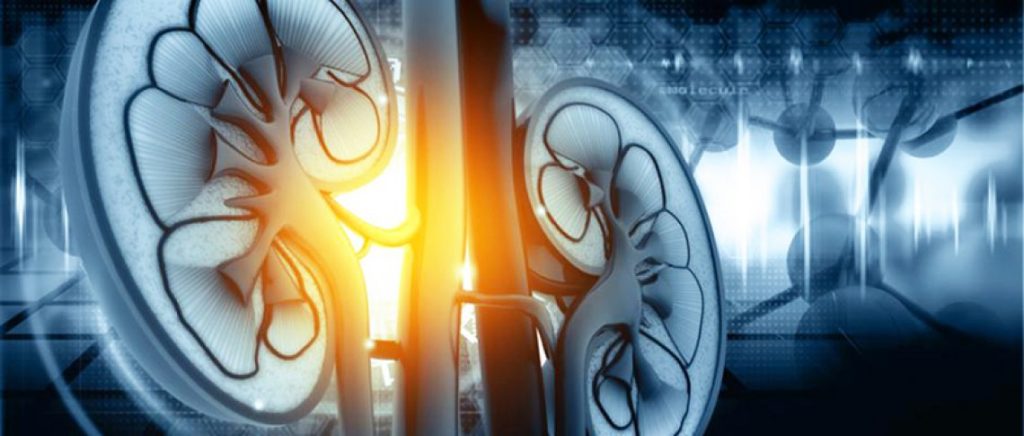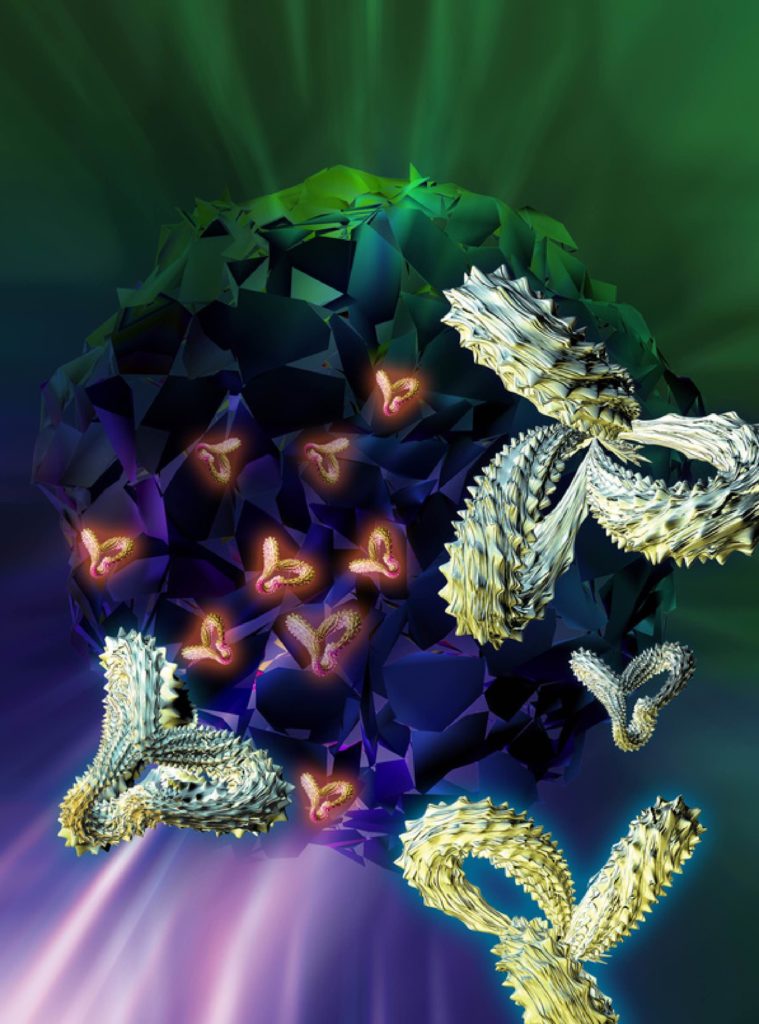Share this Page:
Renal medullary carcinoma (RMC) is an aggressive and rare type of kidney cancer that affects young people with sickle cell disease. The risk factors for RMC are unclear. A recent study looked at whether vigorous exercise could be a potential risk factor for RMC.
Earlier studies have shown that vigorous exercise causes a lack of oxygen (hypoxia) in the renal medullary cells of mice with sickle cell disease. This causes a protein that suppresses the growth of tumours to break down, allowing the renal medullary cells to grow into a tumour. This links vigorous exercise and hypoxia, with the growth of RMC tumours.
The study looked at whether vigorous exercise is linked to the development of RMC in people. There were 39 patients with RMC in the study. All patients completed a questionnaire about exercise. Their responses were compared to the responses of over 7,000 people without RMC.
Patients who reported vigorous exercise had a significantly higher chance of an RMC diagnosis compared to the general population. Specifically, people with very physically active jobs had nearly three times the chance of developing RMC, and people who did a lot of vigorous recreational exercise had over four times the chance of developing RMC.
The researchers warn that these findings do not suggest that vigorous exercise causes RMC in people with sickle cell disease. However, the findings from this study are clinically important: young patients with sickle cell disease, a mass in their kidney and a history of vigorous exercise may be a red flag needing a closer look for RMC.
These findings may also inform future public health policies and screening practices. People with sickle cell disease should be educated about the risks associated with vigorous exercise.
In conclusion, this study suggests that vigorous exercise may be a risk factor in the development of RMC in people with sickle cell disease. This study highlights the need for personalised risk assessment and reinforces the importance of understanding gene-environment interactions in rare cancers like RMC.














